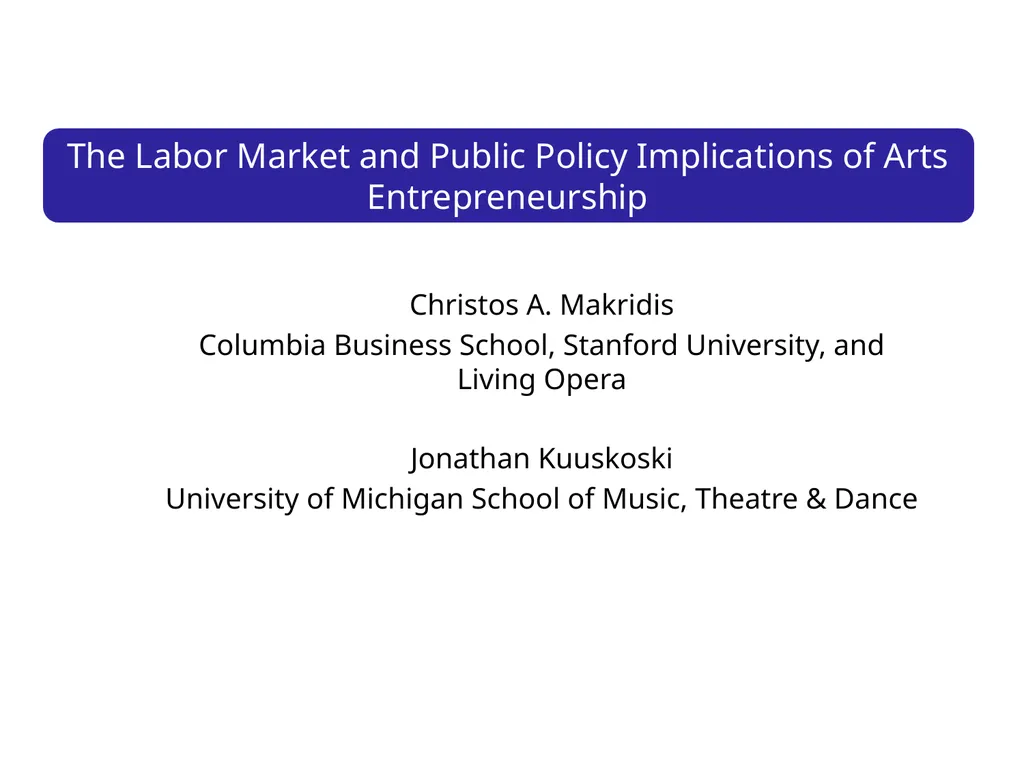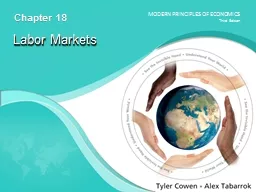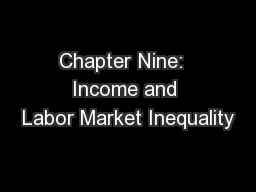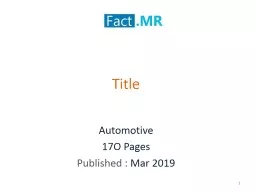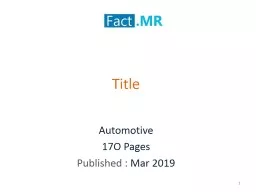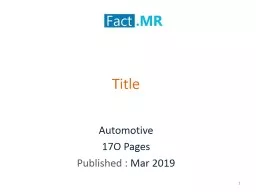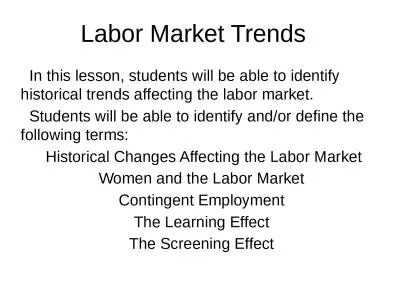The Labor Market and Public Policy Implications of
Author : jane-oiler | Published Date : 2025-06-23
Description: The Labor Market and Public Policy Implications of Arts Entrepreneurship Christos A Makridis Columbia Business School Stanford University and Living Opera Jonathan Kuuskoski University of Michigan School of Music Theatre Dance
Presentation Embed Code
Download Presentation
Download
Presentation The PPT/PDF document
"The Labor Market and Public Policy Implications of" is the property of its rightful owner.
Permission is granted to download and print the materials on this website for personal, non-commercial use only,
and to display it on your personal computer provided you do not modify the materials and that you retain all
copyright notices contained in the materials. By downloading content from our website, you accept the terms of
this agreement.
Transcript:The Labor Market and Public Policy Implications of:
The Labor Market and Public Policy Implications of Arts Entrepreneurship Christos A. Makridis Columbia Business School, Stanford University, and Living Opera Jonathan Kuuskoski University of Michigan School of Music, Theatre & Dance Motivation he U.S. Department of Education found that after financial aid is subtracted, 7 out of 10 of the most expensive schools are art institutions (9 out of 10 as of 2015!). The Strategic National Arts Alumni Project (SNAAP) found that 66 percent of recent art school graduates are carrying substantial debt. According to some survey results, 75% of artists say they need entrepreneurial and business schools, but only 25% say they received the training while in school. Today’s Goals How have artists fared in the labor market, and what entrepreneurship programs exist for training artists to go out into the marketplace? How can we help artists through the expansion of non-degree credentials? Artists in the Labor Market Using data on over 5.5 million individuals between 2009 and 2019 from the American Community Survey (Census Bureau), we find several major results. Those with bachelors of arts in fine arts are 1.4 percentage points less likely to be employed, relative to their other bachelor counterparts. They have 19.5% lower hourly wages. If they are working in an arts occupation, they still earn roughly 1% less, but it is those who have a fine arts degree and work in a non-arts occupation that are especially suffering from a low wage job. Those with a business administration double major do not have a difference in employment probability, but earn 3.3% more than non-business arts counterparts. These results are controlling for age, race, sex, and occupational differences. They suggest that the problem is concentrated among those who study the arts, but cannot get jobs, and those who do get jobs, but are outside their core field. Arts Entrepreneurship Certificates/Training We gathered data on the top 185 colleges and 37 music conservatories by hand. Only 5% of colleges have an arts entrepreneurship certificate, and 11% have any requirements on courses related to arts entrepreneurship. 18% of the music conservatories have an arts entrepreneurship certificate, but 46% have some required courses on it. While music conservatories “do better” in offering entrepreneurship training, they are much smaller, retain fewer scholarship options, and provide fewer resources for a full well-rounded education. These patterns highlight the need for greater integration between practitioners and higher education in the
